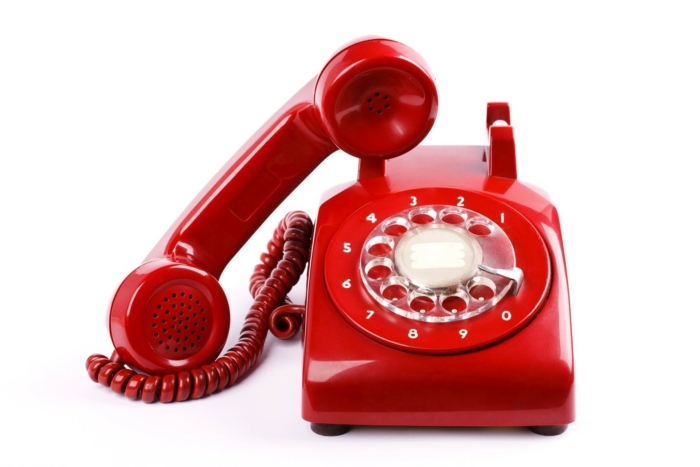August 29, 2023

You’ve probably heard through the grapevine that 10-digit dialing is required when making a phone call just about everywhere in the United States. Most Alpine customers in NE Iowa can still use 7-digit dialing, with the exception of McGregor and Marquette customers calling locally to Prairie du Chein, Wisconsin. But if you’ve been wondering what 10-digit dialing is and why it’s about to be necessary where you live—and what, if anything, you need to do about it—you’re not alone!
To help answer these questions, your neighbors at Alpine Communications have put together a quick guide to 10-digit dialing. We also provide some handy tips to make the transition as seamless as possible.
What is 10-Digit Dialing—and Why is it Necessary?
Let’s start with the basics: just like the name sounds, 10-digit dialing simply requires that you include the entire phone number (the 3-digit area code and 7-digit telephone number) whenever you call from anywhere to anywhere in the United States, including for local calls.
Stemming from a July 2020 Federal Communications Commission (FCC) updated regulation, starting in early 2024, 10-digit dialing will be required almost everywhere in the country for all calls. Over the past few years, more and more communities, especially rural areas, have implemented the FCC’s 10-digit dialing requirements for local calling.
Indeed, much of America has been using 10-digit dialing for years, but for many people, adding that area code for every call—even local calls—will take some getting used to. But fear not! Though there may be some minor hiccups and inconveniences when they first start using 10-digit dialing for local calls, most people find the transition a piece of cake.
Will Local Phone Calls Cost More Money?
One common concern is that 10-digit dialing may end up costing you more money than before. Well, the answer is “no.”
Any call considered a local call will still be accounted for as a free local call no matter what. So even though you’re adding an area code to the phone number you’re calling, whether to a friend or business down the street or across the town or county, those local calls remain free of charge to you.
What About Long-Distance Calls?
For phone calls that qualify as long-distance, just about everything remains the same as before, too. When you’re making a long-distance phone call, you’ll still need to dial the “1” before the area code and 7-digit number, just like you always did. And whatever costs you had previously incurred for long-distance calling will continue as well.
But for cell phone users, adding the “1” before the area code remains unnecessary! Just be sure you dial all 10 digits with your cell phone. No matter where you’re calling from or to in the country, your cell phone call will go through without needing to add the “1.”
What about Special Services Numbers?
Important service numbers remain totally unchanged by this policy. For example, dialing “911” will still get you in touch with local emergency dispatchers. “411” directory assistance will also work as it always has, as will “211” for other important community services, like children’s health care, public health, mental health, and related services.
Similarly, the National Suicide Prevention Lifeline remains the same. In 2022, it was shortened to a 3-digit number (”988”) to make it easier to remember during critical emergencies, but it can also be reached by dialing 1-800-273-TALK. This crucial resource is available 24 hours a day, 7 days a week.
Tips for Transitioning to 10-Digit Dialing
Again, the transition to 10-digit dialing is not difficult. For most people it simply comes down to remembering to dial all 10 digits for local calls, including the 3-digit area code, instead of just 7 digits like they previously did. Still, it can take some getting used to, and some people may encounter bumps in the road.
Perhaps the biggest inconvenience consumers face is the need to reprogram all their local phone numbers in their contacts to include the area code (i.e., all 10 digits of the phone number). And yes, this must be done manually, phone number by phone number, for each local contact in the phone’s memory and for every phone you have. And don’t forget to make the changes to your speed dial or favorite contacts, too!
We realize this sounds cumbersome and tedious, so we suggest taking your time and adding a few numbers a day until your contact list is fully updated with the 10-digit phone numbers for every contact.
You might want to break this task down further into groups, like beginning with your family members, and then proceeding to your closest friends, then any doctor’s offices you frequently use, and then any local businesses you often call. Before you know it, your phone will be updated and you won’t even remember fretting over this transition to 10-digit dialing in the first place!
Now that we’ve explained 10-digit dialing and cleared up the main questions and concerns most consumers have about it, we hope you will find it an easy transition to navigate. And for more helpful information on local (and global) communications, be sure to follow Alpine’s social pages!

